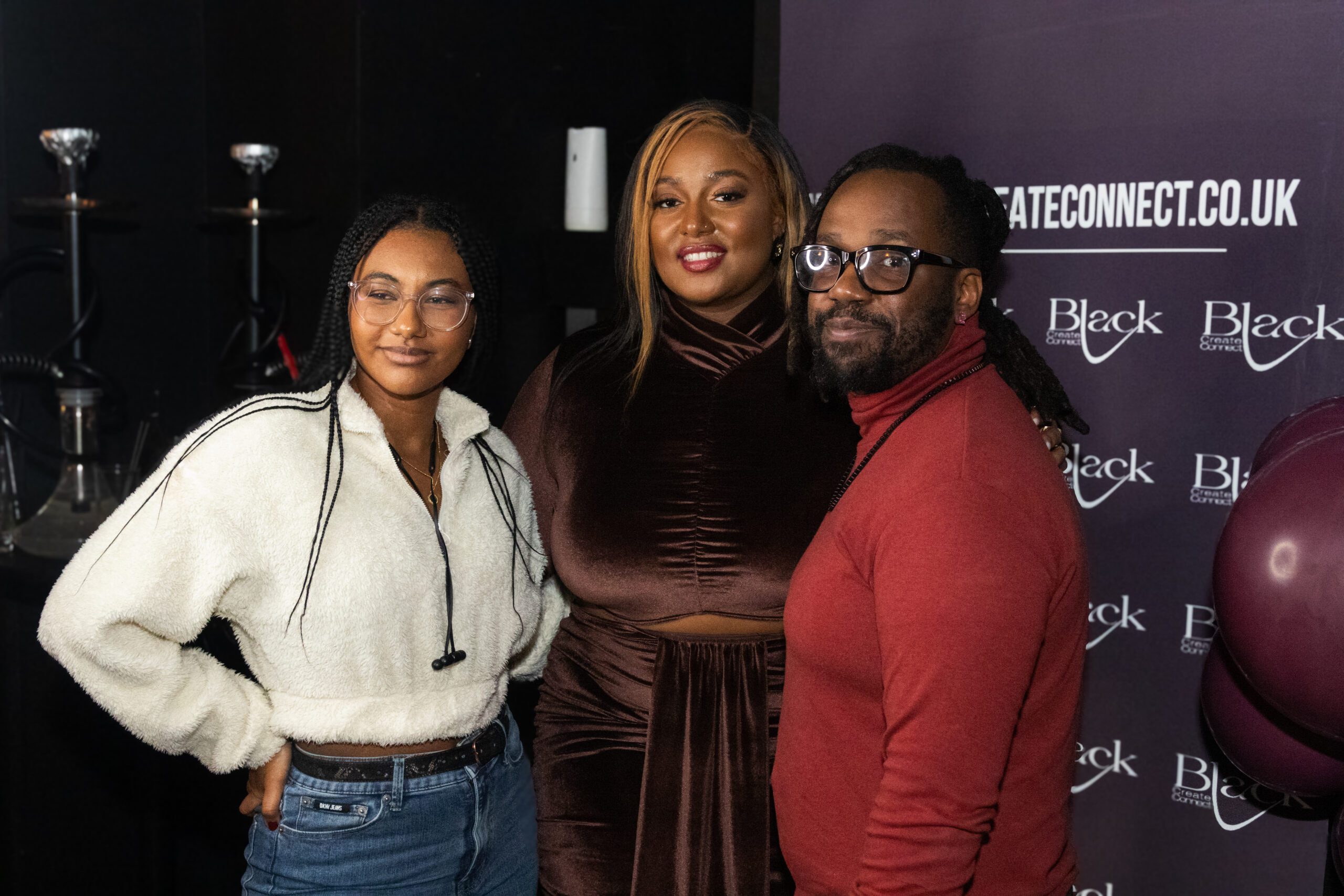In today’s workforce, diversity and inclusion are more important than ever. Unfortunately, unconscious biases can creep into the hiring process and prevent qualified candidates from being considered for open positions. It’s a problem in hiring because it can lead to discrimination against people who don’t fit into the “ideal” demographic profile. For example, if employers are disproportionately hiring people who look like them or share their background, they might be missing out on talented candidates who don’t fit the mould. As an employer, it is your responsibility to ensure that your hiring process is fair and inclusive. In this guide, we will explore the concept of implicit bias and provide strategies for overcoming it in the hiring process.
What is Implicit Bias?
Implicit bias refers to unconscious attitudes or stereotypes that can influence our perceptions and actions. These biases can be based on a wide range of factors, including race, gender, age, and more. Implicit biases are not necessarily negative, but they can lead to unfair and discriminatory practices in the workplace.
Some Bias we Often Overlook
Affinity Bias: Hiring someone who reminds you of yourself or who you know you will get along with.
Attribution Bias: Hiring based on one example/scenario and not looking at their capabilities holistically.
Beauty Bias: When you perceive someone as beautiful, you may hire them for a role as you’re basing their capabilities on their appearance
Conformity Bias: Agreeing with the majority of the hiring panel to be socially accepted.
Confirmation Bias: Looking for one factor that confirms a decision you would like to make on a candidate and highlighting this as the main reason for the decision.
Gender Bias: Making a hiring decision based on gender stereotypes
Halo Effect: When a candidate has something on their profile that you consider to be highly commendable, you automatically think they’re suited for a role.
Contrast Effect: When you compare a candidate with other candidates and do not assess them for their attributes and skills
Ageism: Making a hiring decision based on someone’s age, and assuming their capabilities.
Name Bias: Making a hiring decision based on someone’s name. You may assume what their capabilities are based on their name.
Why is Implicit Bias a Problem in Hiring?
When implicit biases influence the hiring process, they can lead to a lack of diversity in the workforce. This can create a homogenous work environment that is not representative of the wider population. Additionally, qualified candidates may be overlooked or undervalued due to unconscious biases held by hiring managers.
Strategies for Overcoming Implicit Bias in Hiring
-
- Establish clear and measurable job qualifications: By clearly defining the qualifications for a job, you can help ensure that all candidates are evaluated on the same criteria.
- Use objective measures: Utilise tools such as skill tests, structured interviews, and behavioural assessments to reduce the influence of implicit biases.
-
- Train hiring managers: Implicit bias training can help managers identify their own biases and learn strategies for overcoming them.
- Create a diverse hiring team: By including people from different backgrounds and perspectives on your hiring team, you can reduce the influence of implicit bias.
- Review the data: Regularly review your hiring data to identify patterns of bias and make adjustments as needed.
Conclusion
As an employer, it is your responsibility to ensure that your hiring process is fair and inclusive. By understanding the concept of implicit bias and implementing strategies to overcome it, you can create a more diverse and equitable workplace. Remember, diversity and inclusion are not just a moral imperative, but it also brings numerous benefits to the organization like better decision making, innovation and creativity, and better financial performance.
If you would like to have support with your diverse and inclusive hiring strategy then get in touch with our founder directly – [email protected] and start by posting jobs on our Job board.






